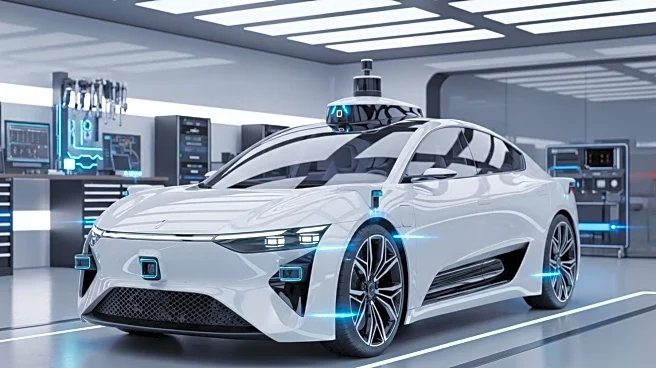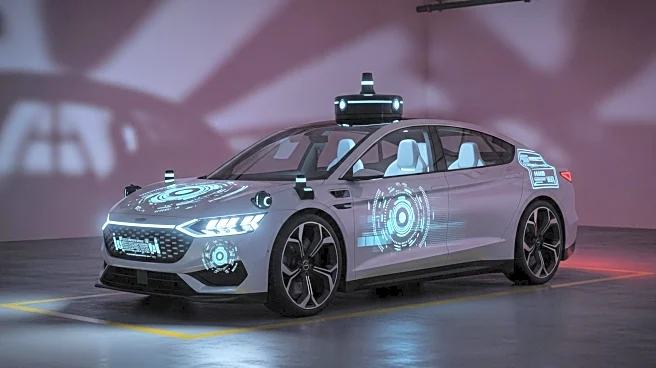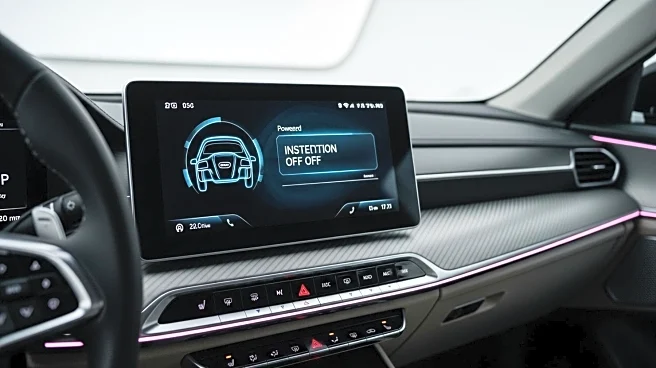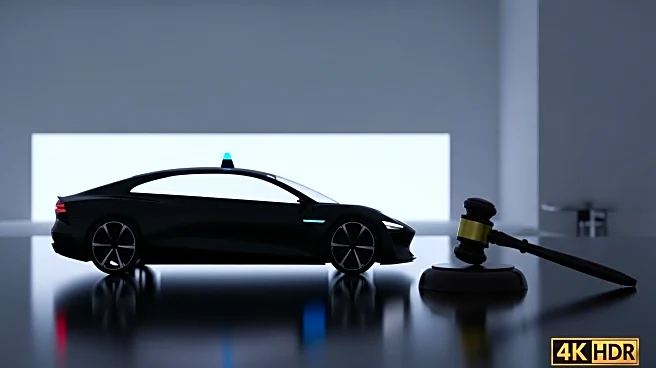What's Happening?
Stellantis has announced the indefinite suspension of its STLA AutoDrive Level 3 driver-assistance program. The decision is driven by high development costs, technological challenges, and a lack of consumer trust in self-driving technology. A recent AAA poll indicates that only 13% of Americans trust self-driving cars, with 61% expressing fear about riding in one. Despite the technology being available, Stellantis has decided not to deploy it due to subdued market demand. The company is facing financial pressures, including declining revenue and a high debt-to-equity ratio, which have influenced this strategic pivot. Stellantis plans to focus on external suppliers, such as aiMotive, to develop future phases of AutoDrive.
Why It's Important?
The suspension of the STLA AutoDrive Level 3 program highlights the challenges traditional automakers face in the autonomous vehicle sector. As Stellantis reallocates resources towards electric vehicle production, it risks losing ground to competitors like Tesla and Chinese EV brands that continue to invest in advanced driver-assistance technologies. This decision may prompt other manufacturers to reassess their autonomous vehicle strategies, especially given the high costs and slow consumer adoption. The automotive industry is closely monitoring Stellantis' strategic shift, which could influence broader trends in vehicle automation and electric vehicle production.
What's Next?
Stellantis' decision to pause the Level 3 program could lead to increased focus on electric vehicle production and partnerships with external suppliers. The company plans to leverage its acquisition of aiMotive to develop the next phase of AutoDrive. This strategic pivot may also encourage other automakers to reevaluate their investments in autonomous technology, considering consumer trust and financial constraints. The industry will be watching how Stellantis navigates these challenges and whether it can successfully balance its autonomous and electric vehicle ambitions.
Beyond the Headlines
The decision to suspend the Level 3 program underscores the volatile nature of automotive technology development, where ambitious visions must contend with real-world constraints. Stellantis' move reflects broader industry challenges, including cost overruns and talent shortages, which can hinder progress in advanced driver-assistance systems. The company's path forward will be closely watched as it seeks to balance innovation with financial stability and consumer acceptance.











